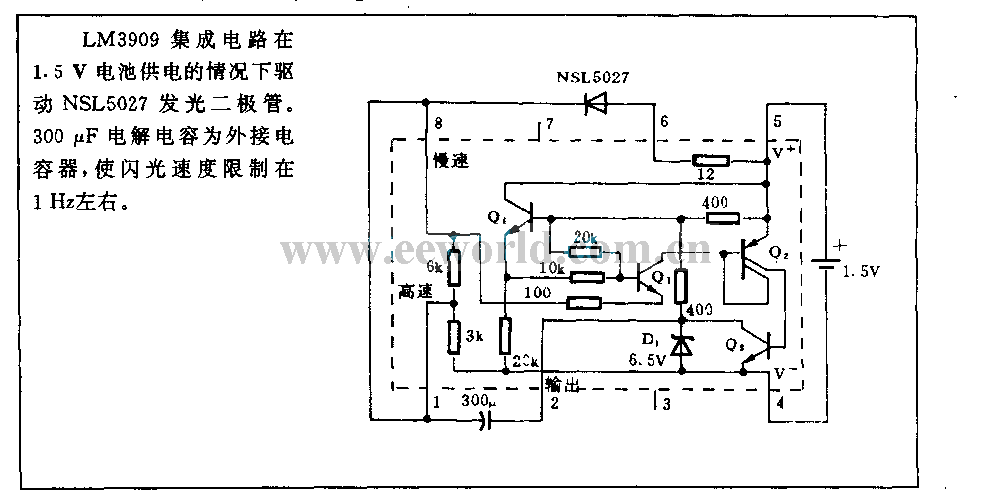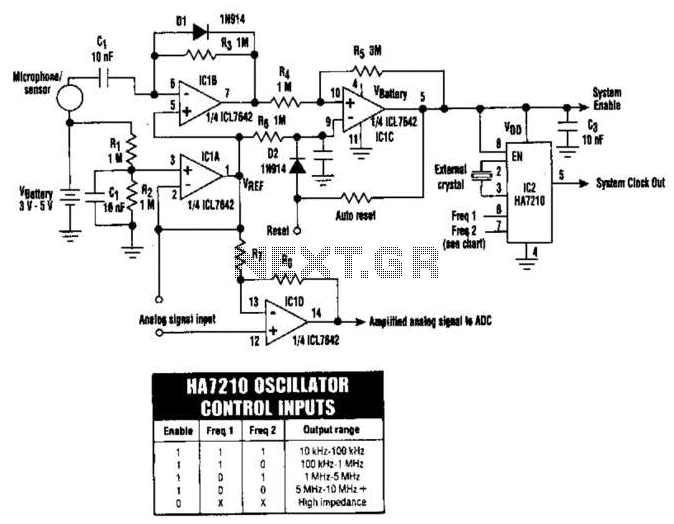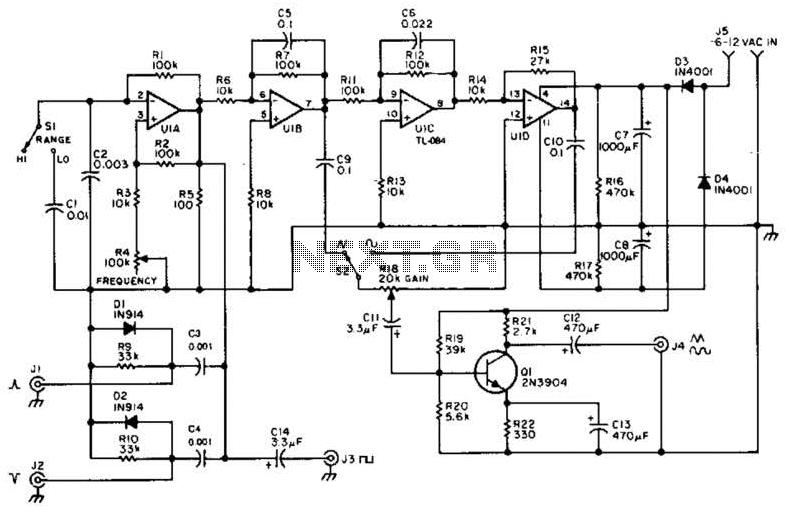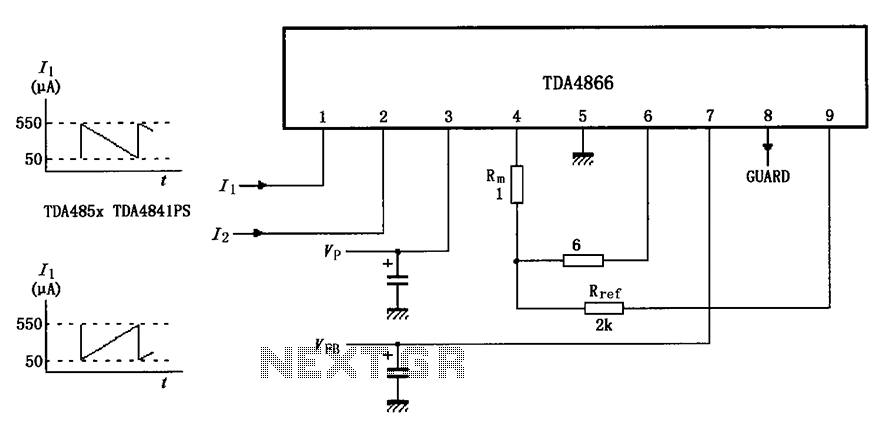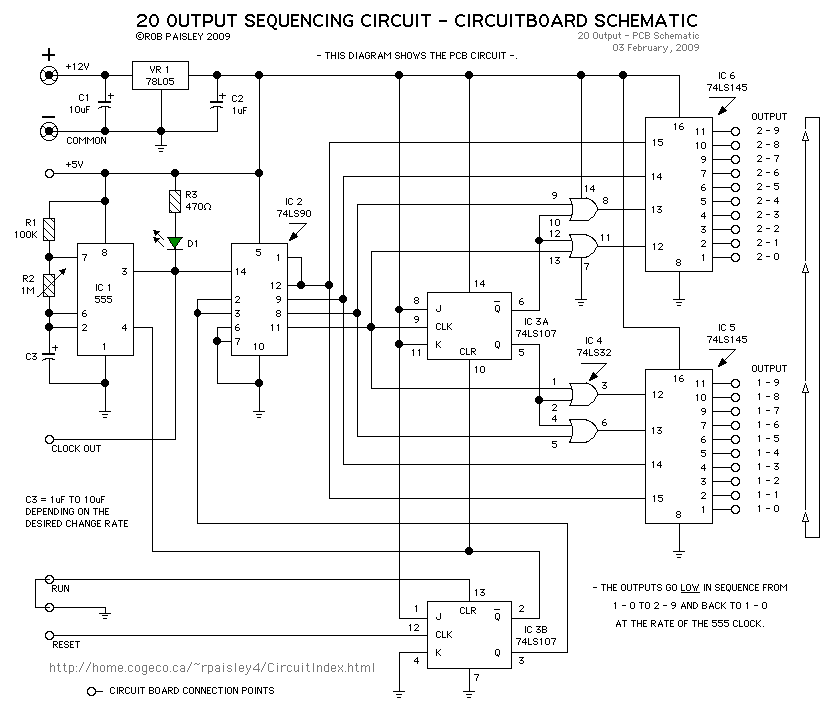
AF locked loop circuit diagram
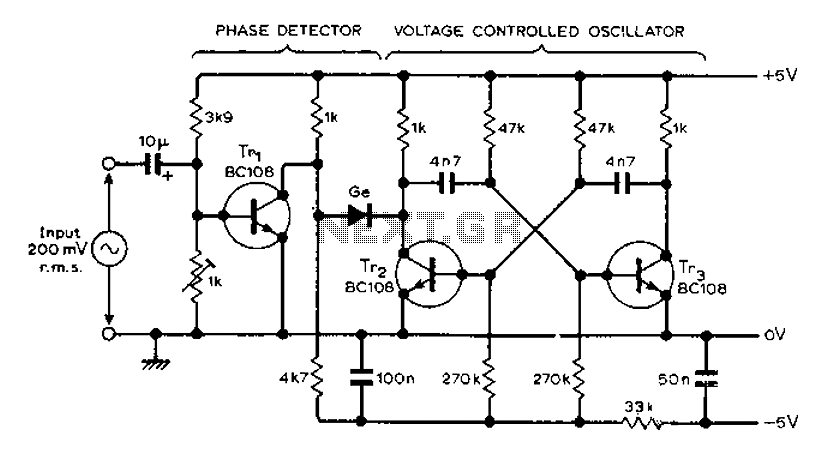
The circuit MVBR utilizes a traditional two-transistor configuration along with other components to create a simple phase-locked loop (PLL). The transistor TR1 and diodes function as a logic gate, activating during half periods of the input waveform of the voltage-controlled oscillator (VCO). The filtering process ensures that the output from the phase detector represents the most negative phase of the waveform.
The MVBR circuit is designed to achieve phase locking by employing a two-transistor arrangement that serves as the core of the phase-locked loop. The functionality of the circuit hinges on the interaction between the voltage-controlled oscillator (VCO) and the phase detector. The VCO generates an output waveform that is subject to modulation based on the input signal frequency.
In this configuration, TR1 plays a crucial role by switching in response to the logic gate formed by the diodes. This switching action occurs during specific half cycles of the input waveform, allowing the circuit to effectively track the phase of the incoming signal. The diodes ensure that the transistors operate in the correct states, enabling the PLL to lock onto the desired frequency.
The phase detector's output is filtered to isolate the most negative phase of the waveform, which is critical for maintaining synchronization. This filtering process is essential for reducing noise and improving the stability of the phase-locked loop. The output of the phase detector is then used to adjust the frequency of the VCO, ensuring that it remains locked to the phase of the input signal.
Overall, the MVBR circuit exemplifies a straightforward yet effective implementation of a phase-locked loop, leveraging basic electronic components to achieve reliable frequency synchronization. The design is particularly useful in applications where precise timing and frequency control are required, such as in communication systems and signal processing. Circuit MVBR traditional two-transistor and other components to provide a simple phase locked loop. TR1 and diodes in the form of logic gate turns on, then half period and the VCO input waveform alternately respectively. Filtering process, the phase detector output is the most negative phase of the waveform.
The MVBR circuit is designed to achieve phase locking by employing a two-transistor arrangement that serves as the core of the phase-locked loop. The functionality of the circuit hinges on the interaction between the voltage-controlled oscillator (VCO) and the phase detector. The VCO generates an output waveform that is subject to modulation based on the input signal frequency.
In this configuration, TR1 plays a crucial role by switching in response to the logic gate formed by the diodes. This switching action occurs during specific half cycles of the input waveform, allowing the circuit to effectively track the phase of the incoming signal. The diodes ensure that the transistors operate in the correct states, enabling the PLL to lock onto the desired frequency.
The phase detector's output is filtered to isolate the most negative phase of the waveform, which is critical for maintaining synchronization. This filtering process is essential for reducing noise and improving the stability of the phase-locked loop. The output of the phase detector is then used to adjust the frequency of the VCO, ensuring that it remains locked to the phase of the input signal.
Overall, the MVBR circuit exemplifies a straightforward yet effective implementation of a phase-locked loop, leveraging basic electronic components to achieve reliable frequency synchronization. The design is particularly useful in applications where precise timing and frequency control are required, such as in communication systems and signal processing. Circuit MVBR traditional two-transistor and other components to provide a simple phase locked loop. TR1 and diodes in the form of logic gate turns on, then half period and the VCO input waveform alternately respectively. Filtering process, the phase detector output is the most negative phase of the waveform.
Warning: include(partials/cookie-banner.php): Failed to open stream: Permission denied in /var/www/html/nextgr/view-circuit.php on line 713
Warning: include(): Failed opening 'partials/cookie-banner.php' for inclusion (include_path='.:/usr/share/php') in /var/www/html/nextgr/view-circuit.php on line 713
